Singer Featherweight
Schoolhouse
Categories
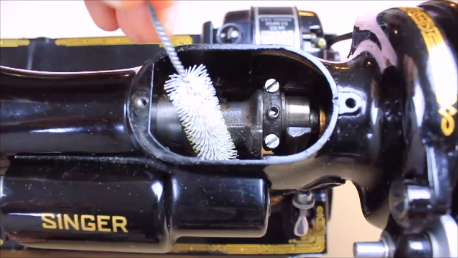
How to Clean & Lubricate Your Gears and Motor
Learn how to properly clean and lubricate your Singer Featherweight 221 & 222K sewing machine gears as well as the motor. Video tutorial walks you through each step for where to apply the lubricant. If you do not have the right grease on hand, then scroll down below the video to order a tube...
Read More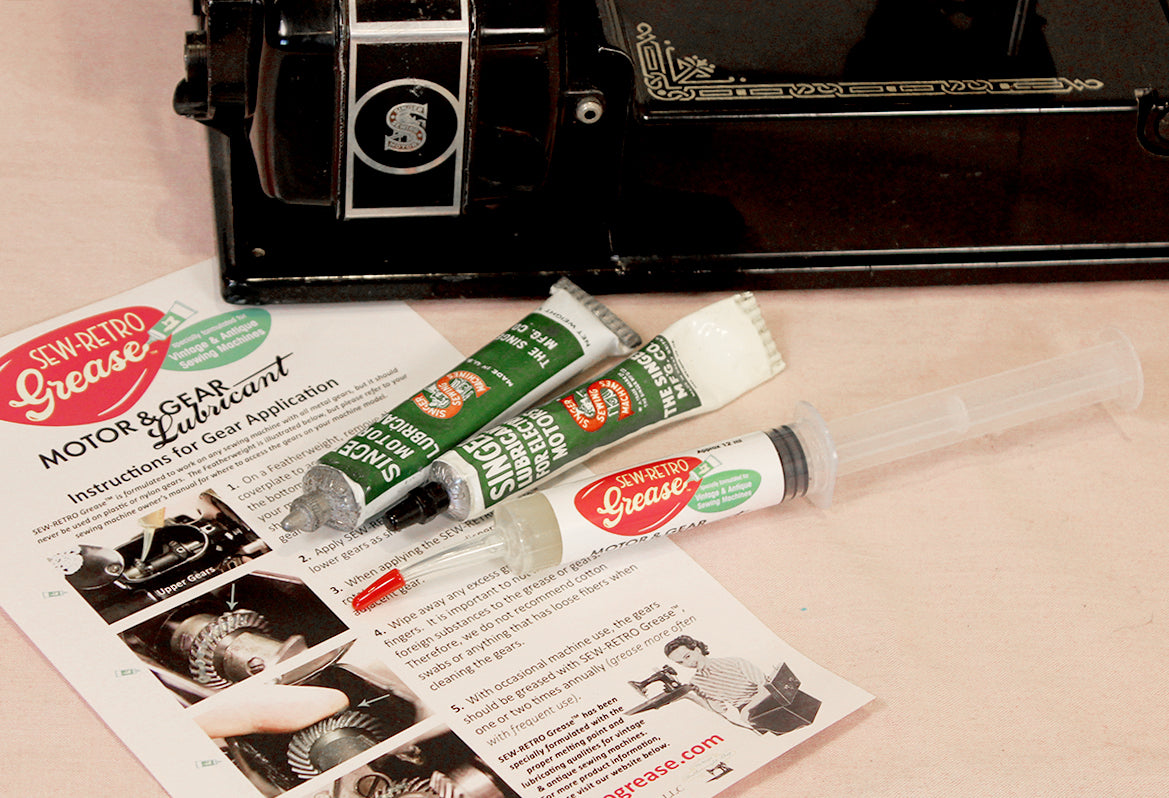
Motor Lubricant and the Proper Melting Point for Sewing Machine Motors
Are you using the right motor grease and lubricant for your Singer Featherweight? There are old, original tubes, new tubes and even some new kinds on the market... but are they properly suited for the Singer Featherweight? How would you know? Watch the video tutorial above and our old one b...
Read More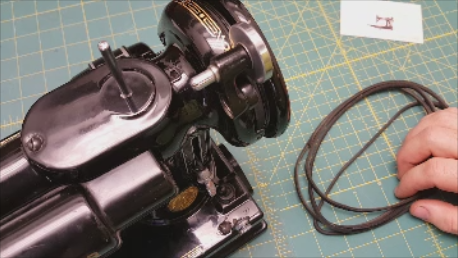
How To Remove and Install a Singer Featherweight Belt
We are sometimes asked when to replace a Featherweight belt as well as how to remove and install a new belt. This video tutorial will show you examples of some bad belts and what to look for, as well as the proper way for installing it. Another thing to take note of is the motor pulley because ...
Read More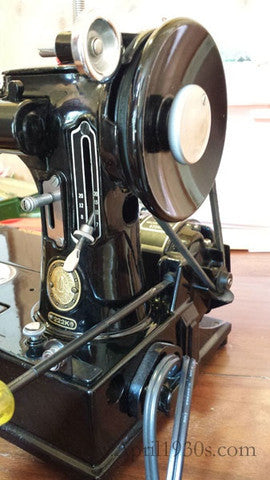
Is your Featherweight a bit sluggish or does the belt slip when you sew? This quick tip for how to adjust the belt will help you remedy the problem in no time at all. The first thing you will want to do is remove the spool of thread as well as the bobbin case from the machine. Next, using a long...
Read More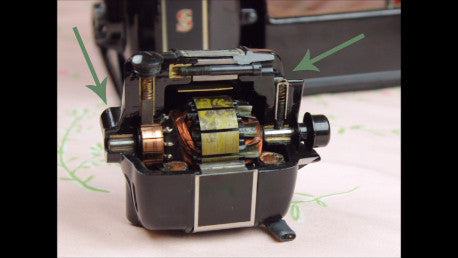
Learning About Motor Felt Wicks
There has been much talk about motor lubricating lately, including many that are advocating not lubricating the motor at all. I am not sure where this advice started, whether it began because the later white Featherweight motors do not have lubricating ports, or if it was from those warning agai...
Read More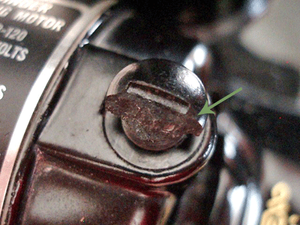
Fixing a Broken Motor Cap Screw
Broken Motor Cap Screw This Featherweight Hint has been provided to us by Brad Sawatwipachai. Brad is a friend and Featherweight collector in Ontario, Canada. He recently hosted his first Featherweight Maintenance Workshop and posted photographs of something he had to remedy while in his clas...
Read More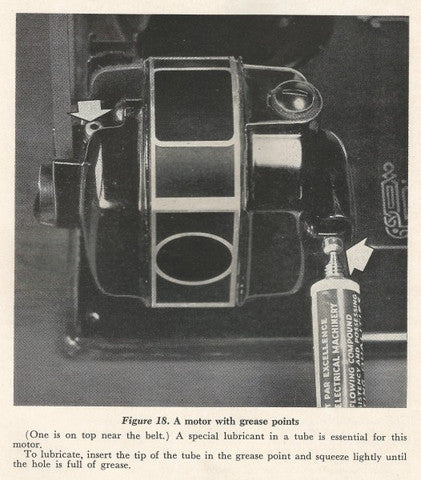
Featherweight Motors The only part of a Singer Featherweight likely to deteriorate in use is the electric motor – and let's face it, many of these machines can be 50+ years old! Therefore, it is essential that you properly maintain and care for it. 1.) NEVER put oil in your motor.2.) LUBRICA...
Read More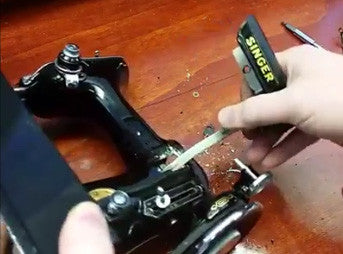
How To Replace the Electrical Components
This video tutorial will show you how to replace and rewire the light socket, lampshade, light switch, receptacle and motor on a Singer Featherweight 221. If you have any questions, don't hesitate to contact us. Also, be sure to like and share this tutorial with your fellow Featherweight friend...
Read More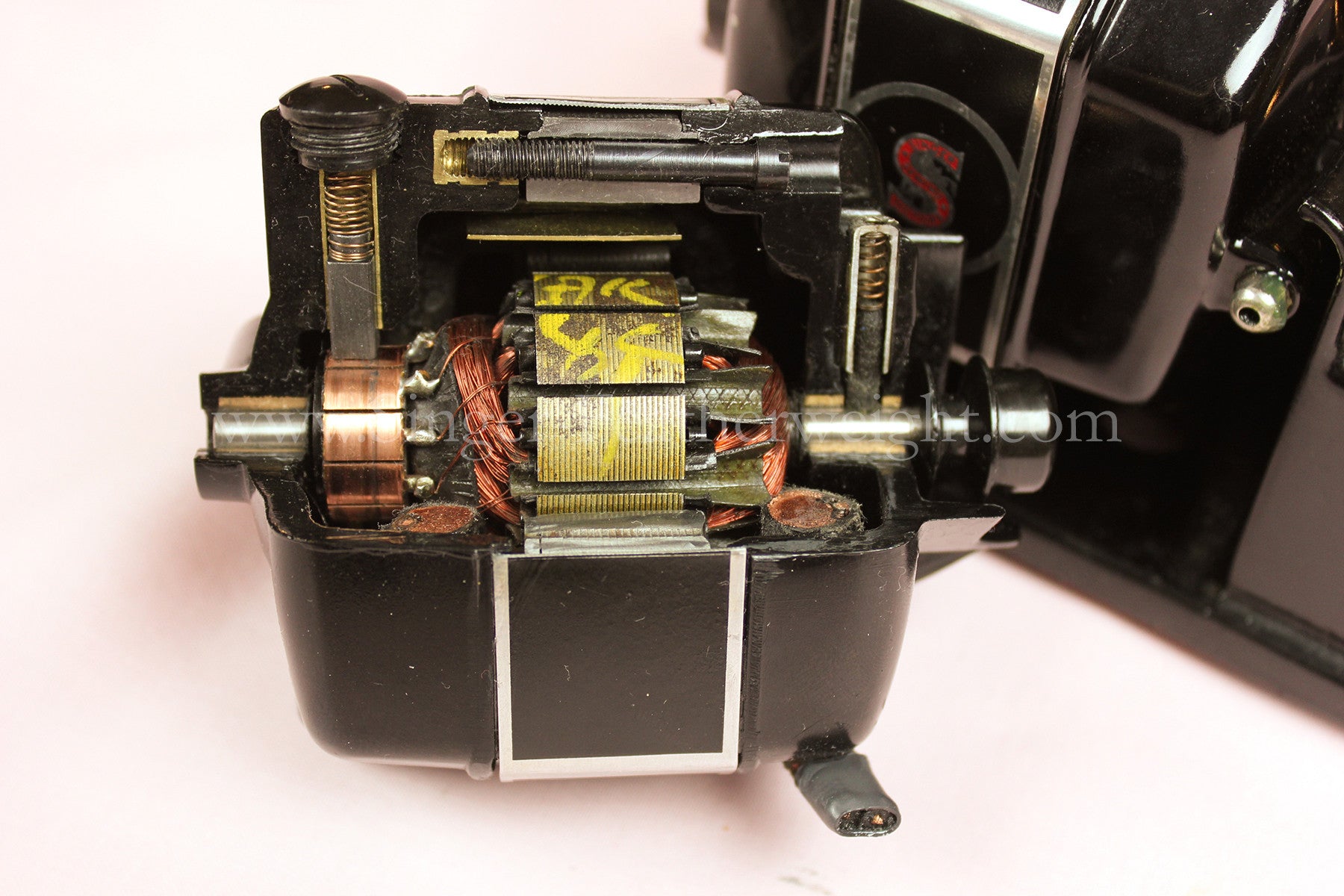
Learning About the Motor Lubricant Ports
Ever wondered what it looks like inside your motor or how much lubricant is required to put in that deep dark motor lubricant port? This video tutorial will show you a perfect cross-section cut-away of the motor's interior as well as the different motor lube port styles. There is one kind that ...
Read More
Capacitors - Why Did My Featherweight Start Sewing By Itself All of the Sudden?
Many Featherweight owners have asked, "what are these silver cylinders inside my foot controller?" For several of the Featherweights manufactured in the UK, capacitors were added inside the foot controller, motor, or the machine itself. The purpose of capacitors was to cut down on electrical fe...
Read More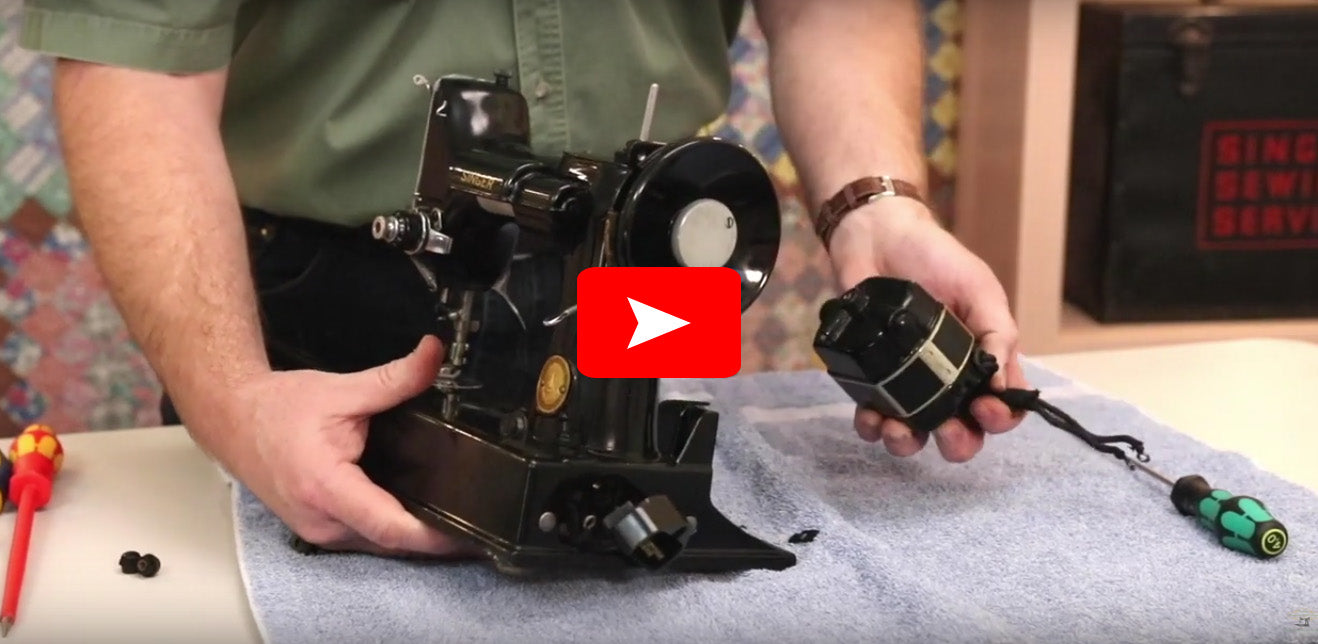
Motor Removal Process on Your Singer Featherweight 221 & 222
Learn how to safely and properly remove the motor from your Singer Featherweight 221 & 222. You will find a step-by-step instruction with pictures and video tutorial to walk you through the process.
Read More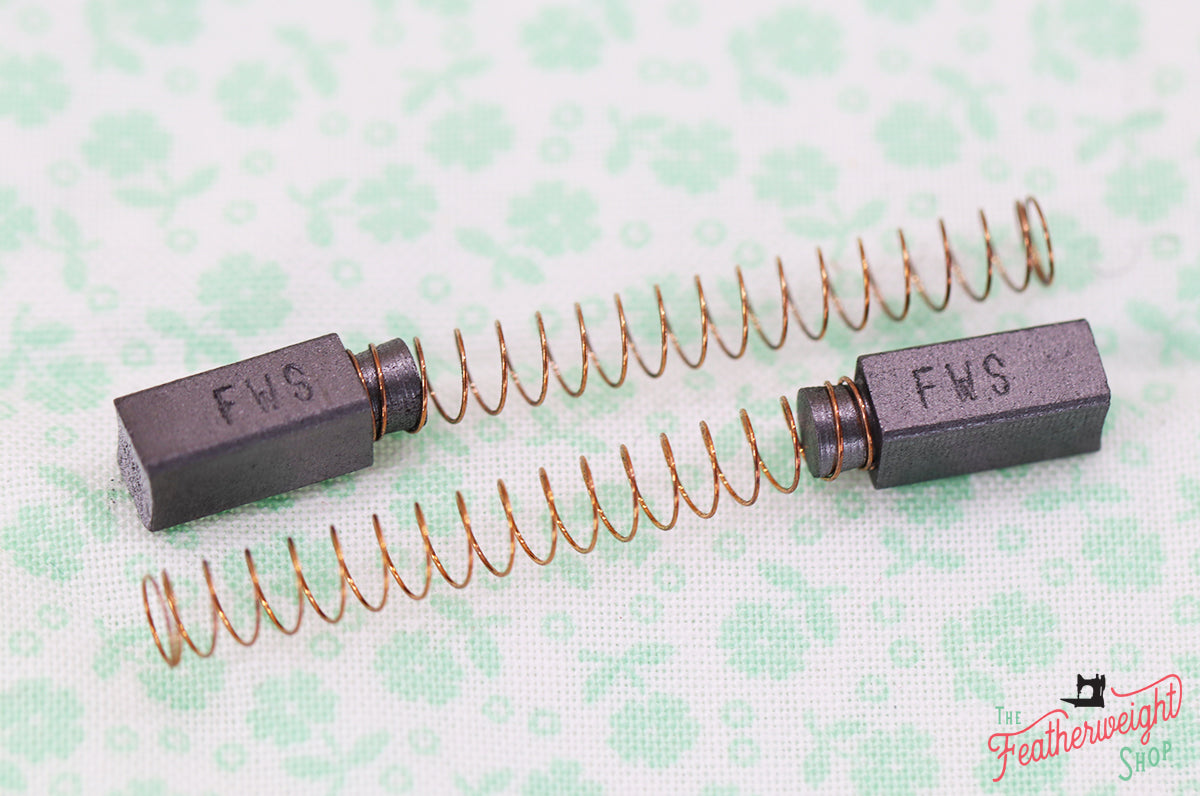
Featherweight Motor Brush Replacement Tutorial
Today, we are going to be learning about Motor Brush Replacement. Although they are frequently overlooked, carbon brushes are a critical element of an electric motor. Not only is it important to be aware of the motor brushes in a Featherweight motor, but knowing what to look for in a replacement...
Read More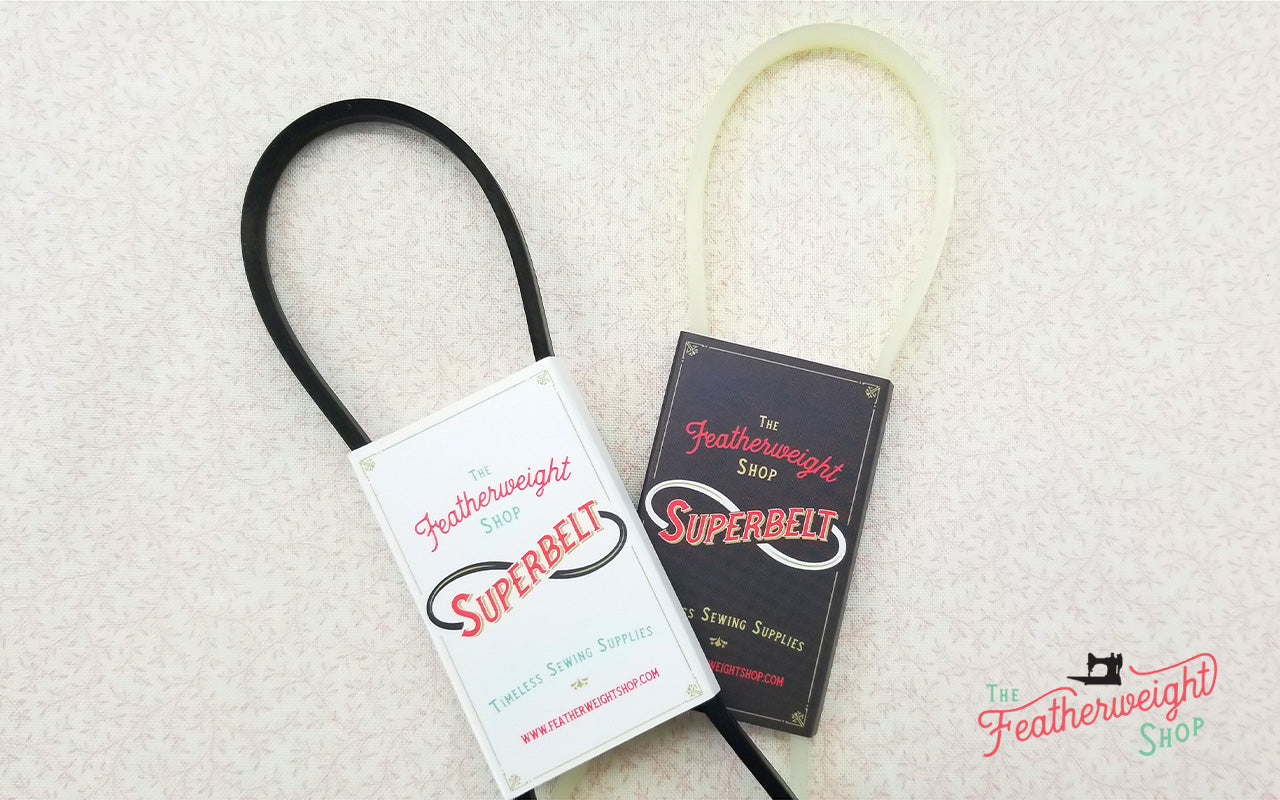
Superbelt - An Improved Belt for the Singer Featherweight
The old belt on a Singer Featherweight has a technologically advanced improvement! Softer, faster and better for your Featherweight motor performance. Learn how to install and adjust the Superbelt in the video tutorial below. Update! One of the advantages to the Superbelt is its superb grip t...
Read More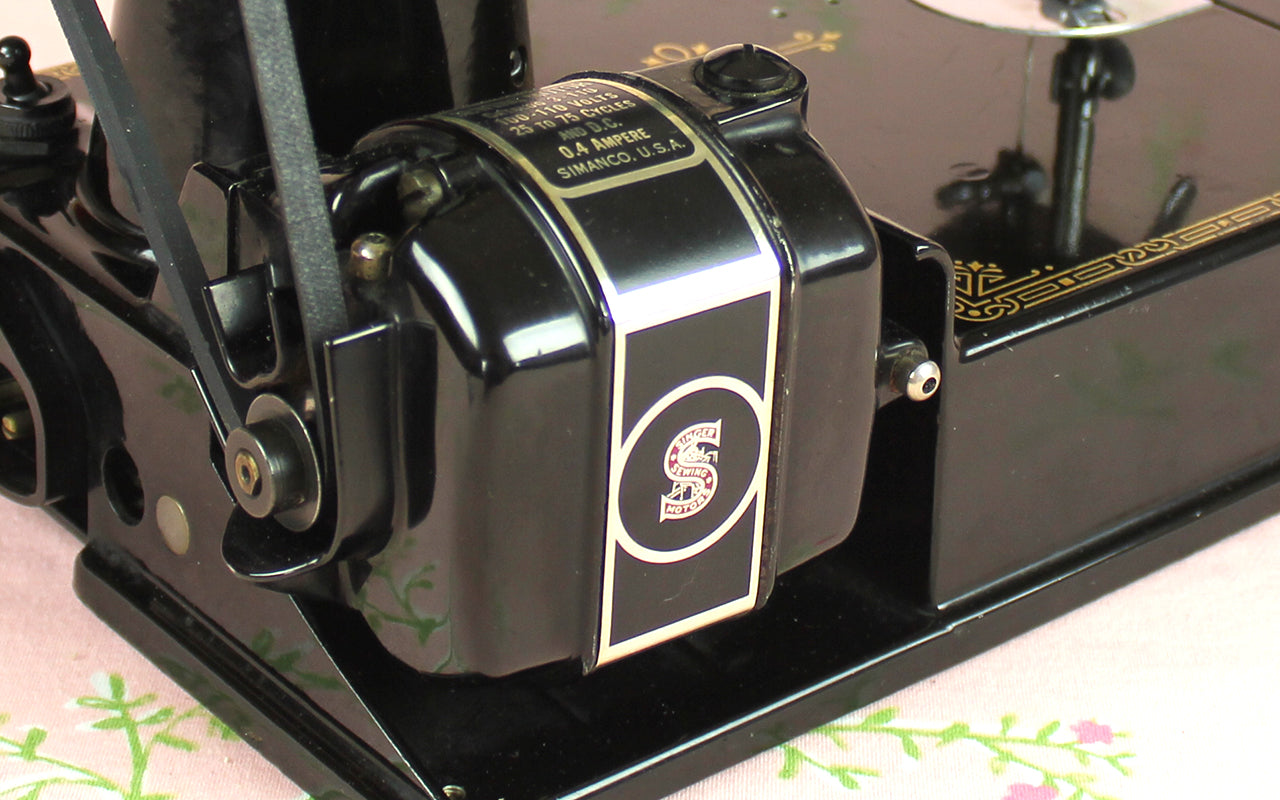
Why Is My Singer Featherweight Sewing Slowly?
Vintage Singer Featherweight sewing machines are widely known for their straight stitches, speed, and reliability. But, as you sew, a sluggish or slow sewing machine is a sure sign that something is amiss. Fortunately, simple tools and a little Singer know-how can quickly remedy the most common ...
Read More

